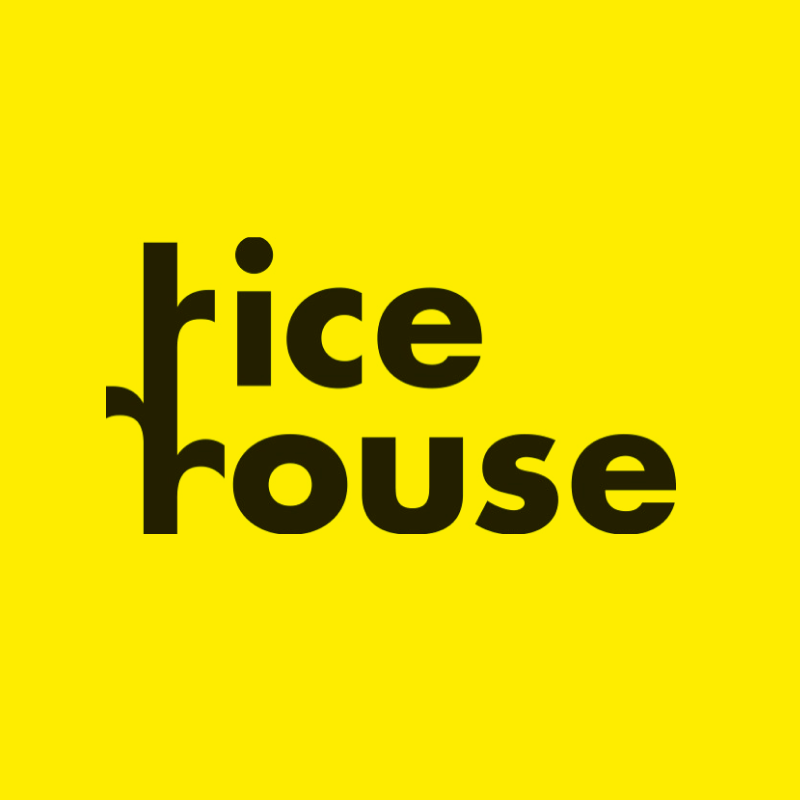Description
Rice agriculture creates a number of by-products, notably rice husk and rice straw, which are typically burnt or left to decompose, releasing the locked carbon back into the atmosphere within a couple of months of sequestration through photosynthesis. Carbon cycling occurs with all kinds of agriculture across the globe, essentially negating the positive carbon sequestration benefits of agriculture.
Ricehouse recognized this issue and opportunity in northern Italy, Europe's largest rice producing region. Through research and development, Ricehouse found that rice agricultural by-products could be used effectively in construction materials, achieving excellent strength and thermal advantages. By using large quantities of rice husk and rice straw (two main by-products of production) in their construction materials, the bio-material is not burnt and is protected from biodegradation, essentially locking in the carbon. This process stores the carbon in construction materials for the lifespan of those materials, at least, slowing the carbon cycling by 50-100 years. Assuming that this material is recycled or re-used beyond its lifespan, this carbon storage could last much longer.
Ricehouse's claim aims to prove the incorporation of the organic carbon-heavy waste products of rice agriculture into its products.
Process
Ricehouse purchases biomaterial from processing centers (rice husk) and local farmers (rice straw). The biomaterial suppliers let Ricehouse know what quantity of material is available. This biomaterial would have otherwise been left to decompose (releasing its carbon as methane), or burnt on the field (releasing its carbon as carbon dioxide).
All the biomaterials come from agricultural suppliers who are part of the so-called ""Carta del Riso"", an association of entities that respect very high standards during all the agricultural processes in terms of sustainability and social aspects; this ensures the maximum quality from all the different perspectives for the raw material production. Ricehouse issues a purchase order to the suppliers. Suppliers issue an invoice, and Ricehouse transfers the invoiced amount to them.
Ricehouse has a series of contract manufacturers who make its building products using the rice husk and straw. It sends 100% of the purchased rice husk and straw to these manufacturers who use 100% of it in the manufacturing process.
Based on Ricehouse’s annual production figures and input biomaterial quantities, Ricehouse calculates the carbon sequestration from their products in the previous year and produces an annual report of these findings.
Documents relevant for verification
- Carbon Sequestration Calculation and Reference Material
- Proof of payment
- Invoice
